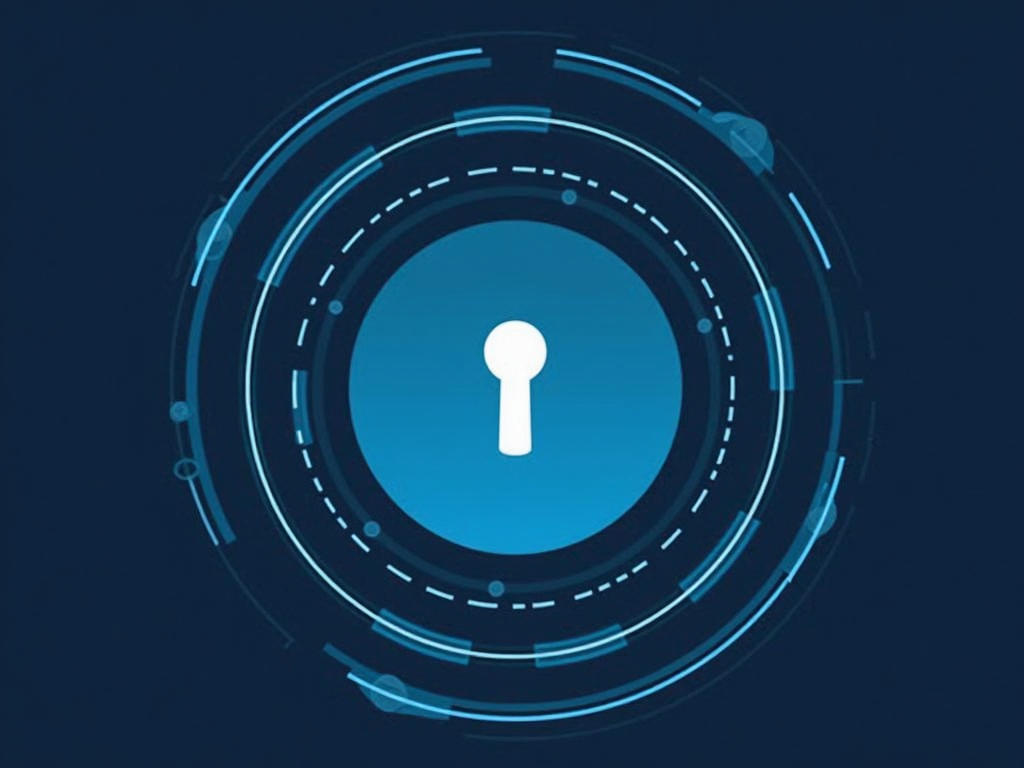How Penetration Testing Can Strengthen Your Cybersecurity Strategy
As the digital landscape continues to evolve, cybersecurity threats are becoming increasingly sophisticated and relentless. In today’s cyber-attackscape, it’s no longer a question of if you’ll be targeted, but when. To stay ahead of these threats, organizations must adopt proactive approaches to strengthening their cybersecurity posture. One such approach is penetration testing, also known as pen-testing or ethical hacking.
What is Penetration Testing?
Penetration testing is a simulated cyber-attack against your organization’s computer systems, networks, and infrastructure. The goal of this exercise is to identify vulnerabilities that attackers could exploit to gain unauthorized access to sensitive data or disrupt business operations. A penetration tester, also known as a white-hat hacker, uses various techniques and tools to mimic real-world attacks, testing the strength of your defenses.
How Penetration Testing Can Strengthen Your Cybersecurity Strategy
1. Identifies Unseen Vulnerabilities
Penetration testing helps you discover hidden vulnerabilities that might not be immediately apparent through traditional security measures. These vulnerabilities could include:
- Unpatched software or firmware
- Weak passwords or authentication mechanisms
- Misconfigured firewalls or access controls
- Outdated or unpatched systems
By identifying these vulnerabilities, you can prioritize remediation efforts and prevent attackers from exploiting them.
2. Evaluates Detection and Response Capabilities
Penetration testing also assesses your organization’s ability to detect and respond to attacks. This includes:
- Testing your security information and event management (SIEM) system
- Simulating incident response procedures
- Assessing the effectiveness of your incident response plan
By evaluating these aspects, you can identify areas for improvement and optimize your response to potential threats.
3. Enhances Incident Response Planning
The findings from penetration testing can inform the development or refinement of incident response plans. By understanding what types of attacks are likely to occur, you can:
- Develop targeted incident response procedures
- Train personnel on specific response actions
- Conduct tabletop exercises to simulate real-world scenarios
This proactive approach helps minimize the impact of a successful attack.
4. Improves Incident Communication and Coordination
Penetration testing highlights the importance of effective communication during incidents. By simulating attacks, you can:
- Identify gaps in communication protocols
- Develop crisis management plans
- Train personnel on timely and accurate information sharing
Well-coordinated incident response is critical to minimizing the damage from a successful attack.
5. Demonstrates Compliance with Regulations
Many regulations require organizations to conduct regular penetration testing as part of their cybersecurity program. By performing pen-testing, you can:
- Demonstrate compliance with regulatory requirements
- Meet industry standards for security and risk management
- Enhance your organization’s reputation and credibility
Best Practices for Conducting Penetration Testing
1. Engage Experienced Professionals
Partner with certified penetration testers who understand the nuances of your organization, industry, and specific threats.
2. Define Scope and Objectives
Clearly outline the scope of the testing, including systems, networks, and data to be tested, as well as the objectives and desired outcomes.
3. Use a Variety of Testing Tools and Techniques
Employ a range of tools and techniques to simulate different types of attacks and exploit various vulnerabilities.
4. Document Findings and Recommendations
Provide detailed reports highlighting discovered vulnerabilities, potential impacts, and recommended remediation actions.
5. Prioritize Remediation Efforts
Focus on fixing the most critical vulnerabilities first, ensuring that the most significant risks are mitigated quickly.
Conclusion
Penetration testing is a powerful tool for strengthening your organization’s cybersecurity posture. By identifying unseen vulnerabilities, evaluating detection and response capabilities, enhancing incident response planning, improving communication and coordination, and demonstrating compliance with regulations, you can significantly reduce the risk of successful attacks. Remember to engage experienced professionals, define scope and objectives, use various testing tools and techniques, document findings and recommendations, and prioritize remediation efforts. By doing so, you’ll be well on your way to developing a robust and effective cybersecurity strategy that protects your organization from the ever-evolving threat landscape.



